
Decades spent on couches, chairs and otherwise not exercising could mean much shorter lives, new research shows. A Norwegian team who tracked health outcomes for more than 23,000 adults over 20 years found that those who were inactive over that time had twice the risk of a premature death, compared to those who were physically active. The take-home message from the study: “To get the maximum health benefits of physical activity in terms of protection against premature all-cause and cardiovascular death, you need to continue being physically active,” said study author Dr. Trine Moholdt of the Norwegian University of Science and Technology. And it’s never too late to get off the sofa. “You can also reduce your risk by taking up physical activity later in life, even if you have not been active before,” Moholdt stressed. Her team was scheduled to present the findings Saturday at the annual meeting of the European Society of Cardiology (ESC), in Paris. The study involved Norwegians aged 20 and older who were grouped according to their activity levels, and assessed in two time periods (1984-1986 and 2006-2008). People were placed into one of three categories: inactive; moderately active (less than two hours of physical activity a week); or highly active (two or more hours per week). By the end of 2013, those who were inactive in both time periods… read on >











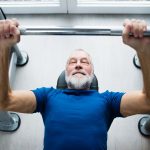

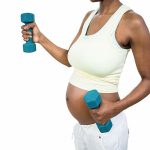

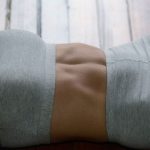
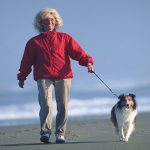
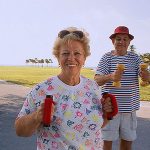





-300x200.jpg)













